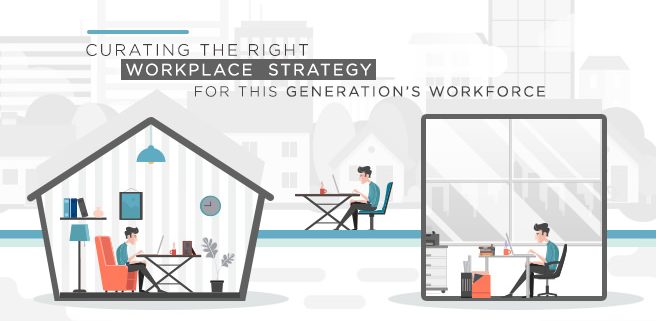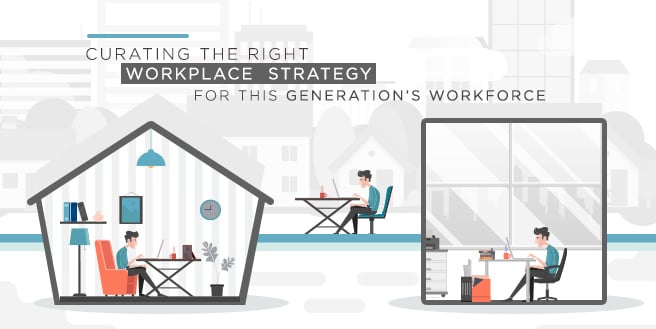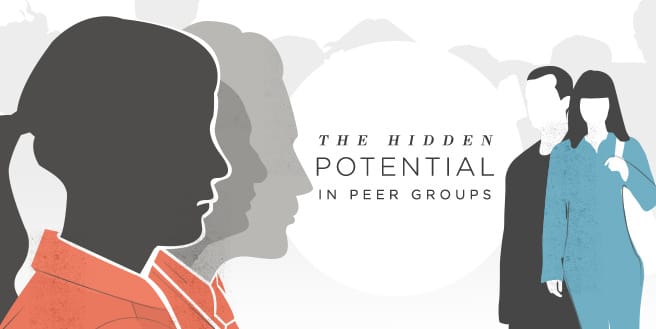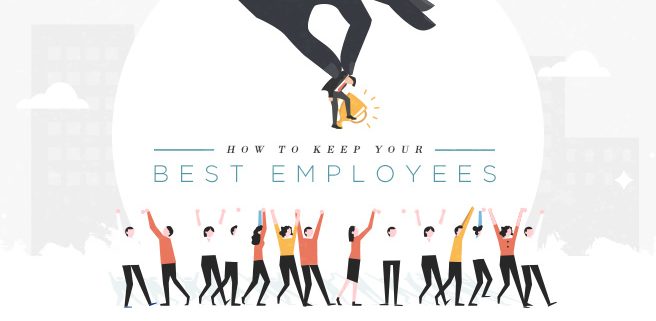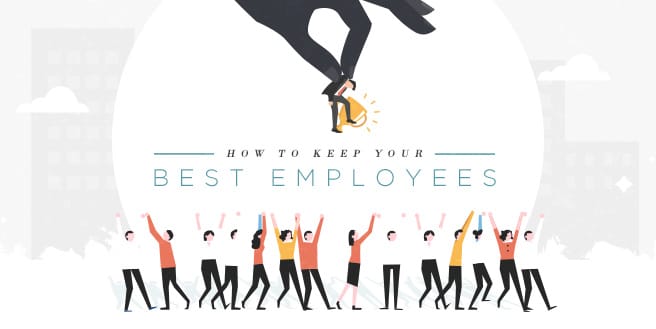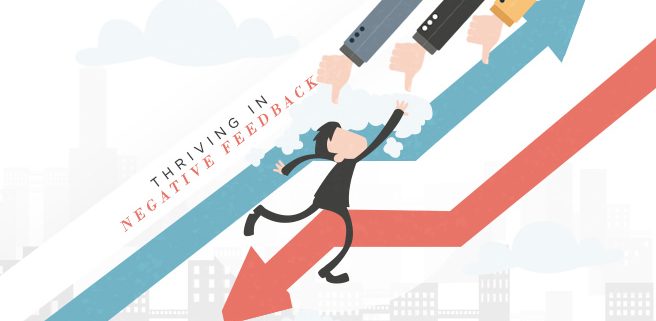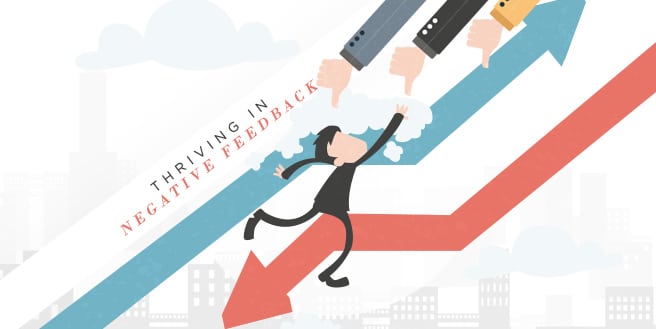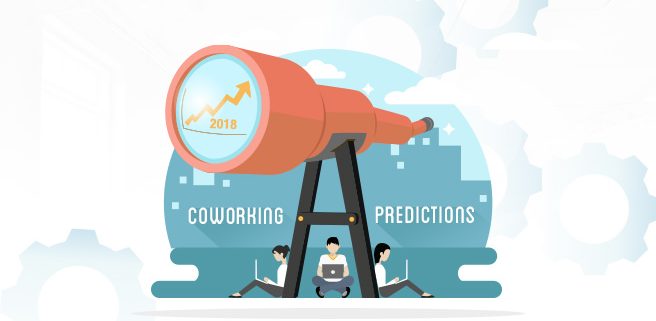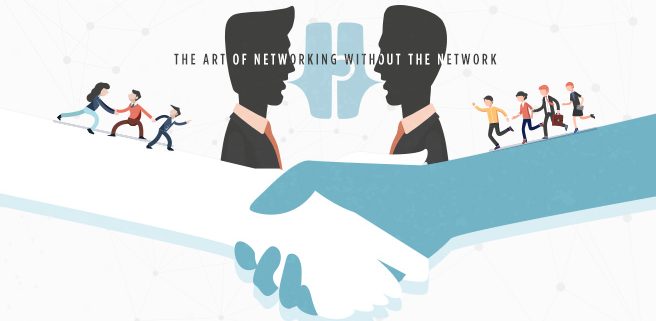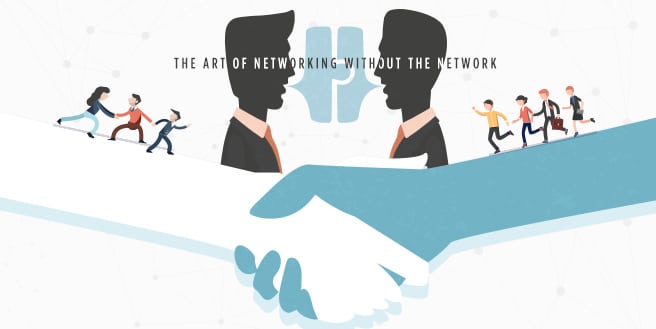Three Steps to Help Accelerate Your Personal Growth
Each of us have once experienced a rough transition towards a new chapter of our life. When we reached our teenage years, we ventured out of our comfort zones in attempt of finding our true selves amidst the peer influence and societal pressures. As we entered college, this journey continued on. We slowly figured out what we wanted to be in the future and pursued it with great passion.
Now that we’re out in the real world, it felt like we were back to square one – each lesson we learned in school contradicting the laws of this modern jungle. Standing amidst the storm that is creating a career for ourselves and making it on our own as an independent young adult, we can’t help but feel out of control.
When we feel stuck, how do we keep moving forward on our travels?
Owning Up Your Personal Growth
The most crucial first step that we should make is to own up to everything in our life.
It’s time for us to accept that we are now in full control and that blaming anyone or anything else for the troubles we are experiencing will not get us anywhere. Making peace with this now known fact about your life accelerates your personal growth journey.
If there’s anything in your current situation that bothers or upsets you, you have full authority of taking action. Nothing – or no one else – can make you feel happier and content with what you have other than yourself.
Once you have embraced this, start identifying the certain parts or aspects of your life that you want to improve. The term personal growth is very broad and could mean improving different qualities of ourselves or skills. Write down the areas you want to ameliorate on a piece of paper or maybe at the very first page of your brand new planner.
For example, you may want to polish your communication skills and public speaking capabilities or you could master a new technical ability. The more specific you become the better.
After doing so, follow these three steps:
• Read On
A fool-proof way of both learning and enhancing an expertise is by reading about it.
Don’t just read one or two books about your chosen subject or field. Instead, collect five to ten materials and this will dramatically increase your overall knowledge of that specific discipline. Experts suggest using audiobooks such as Audible so that the time you spend commuting can be used to learn something new.
• Network and Mingle – In the Right Way
People often mistake networking as the act of finding as many experts and professionals as you can for the sole reason of “cherry picking their brain”. Majority of the entrepreneurial community have called this off, saying that one should always consider the value that they can give to the other party as well.
With that said, keep in mind that you should build meaningful relationships and friendships that are for long term. These strong connections that you make are far more valuable that the information you can pick from someone else’s mind for 10 minutes.
It’s best to join platforms such as Eventbrite or Meetup to converge with like-minded individuals as you learn about your chosen field. You can even share offices with them by joining coworking spaces. The well-known flexible workspace takes pride in curating an environment for professionals of different fields and cultivating them into community-woven offices that promotes creative collaboration.
A large number of today’s workforce is jumping into the movement in the endeavor of expanding their network as they grow their business and studies have backed this up by publishing reports stating just how happy its members have become since joining.
• Attend Events and Conferences
Participate in seminars and other live events not only for that one discipline you are focusing on but other skills as well. Use these gatherings to expand your reach further. Check if any conference is being held in your city or nearby town. You can also give boot-camps a try to get a full immersion experience.
Providers of coworking spaces also hold in-house symposium and conventions with well-known experts and sometimes its hosts are even their own members. This specific feature of the movement is another contributing factor as to why more and more solo-preneurs and freelancers are making the move.
Make the effort of attending them each year. Taking the time to truly learn is one of the best investments you can make for yourself and will surely yield high results.
Do these steps for each skill that you want to build and continuously escalate your personal growth.





